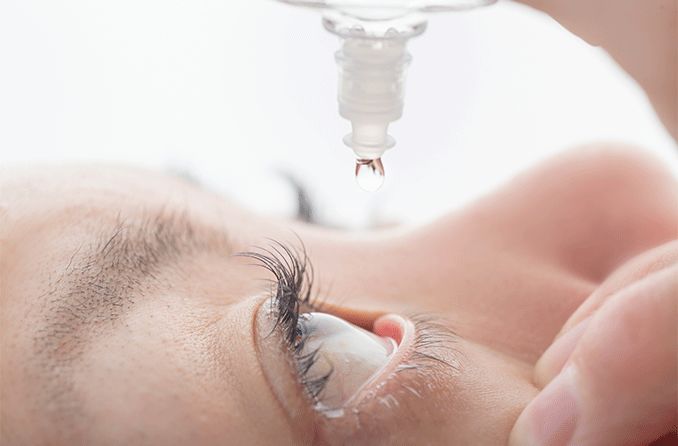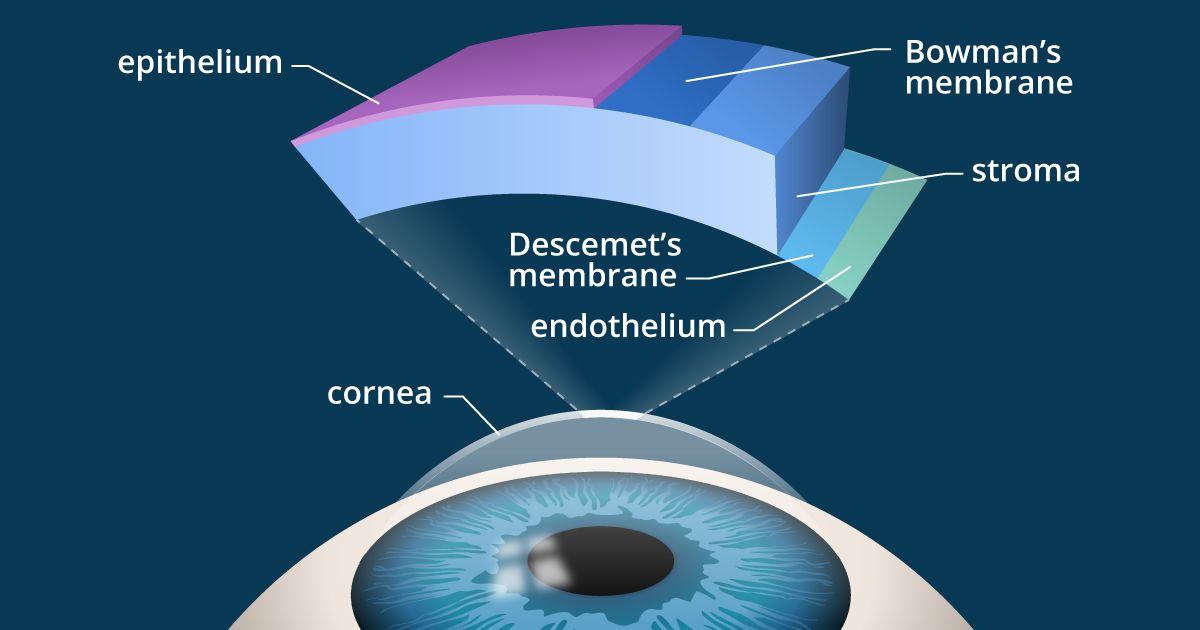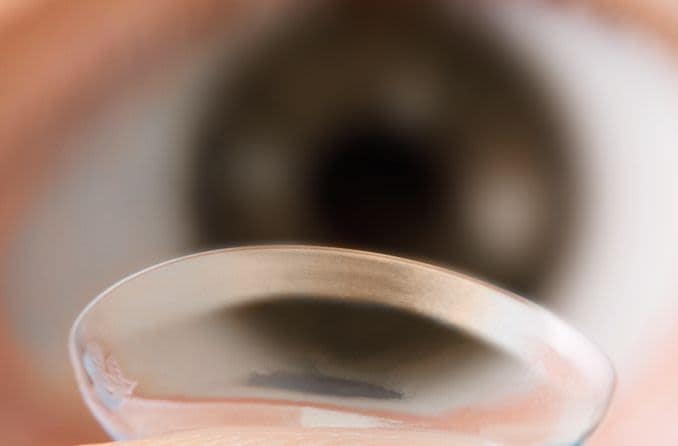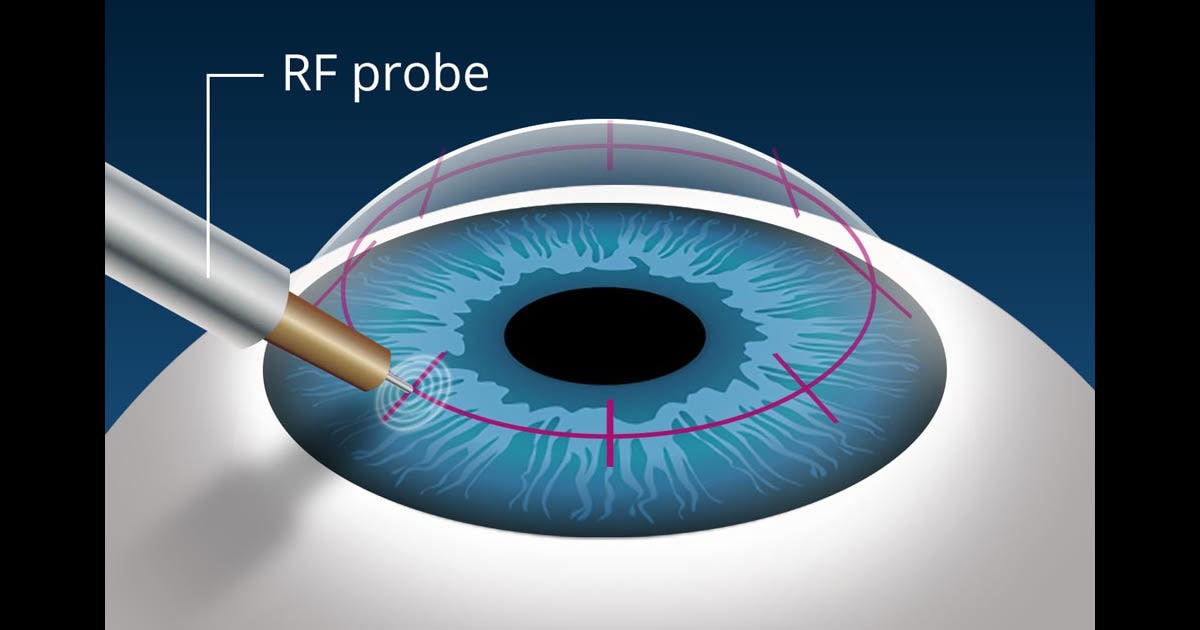What exactly is presbyopia?
Presbyopia in Greek means "old eye." So when presbyopia starts to develop sometime around age 40, you'll find that the natural lenses and surrounding parts of your eyes have grown too rigid to accommodate focus from far to near — and back again.
This inability to see sharp images at all distances is a natural though annoying part of aging.
How do I know I have presbyopia?
People in their early to mid 40s — or sometimes a bit younger — usually begin to have trouble reading fine print.
So when you find yourself holding your book farther away in order to read comfortably, this is an early sign of presbyopia. You'll also begin to need more light to read comfortably.
Even with presbyopia, nearsighted people usually can read without their glasses. But once you have presbyopia and you put on your single-vision glasses or contact lenses to bring distant objects into focus, you lose your sharp near vision.
Who gets presbyopia?
By the time you reach your 40s, you can't escape presbyopia. However, some people don't notice reading problems until they reach their late 40s or even 50s.
What about presbyopia treatment? Do I need special lenses?
Different types of lenses can provide treatment for presbyopia.
If you never required vision correction before, a simple pair of reading glasses can help you read or perform near vision tasks.
If you elect to wear over-the-counter "cheaters" (as they sometimes are called), be sure and have regular eye exams so you can be watched for cataracts, glaucoma, diabetic retinopathy and other eye diseases.
Your eye doctor also can prescribe bifocals, trifocals or multifocal eyeglass lenses, which have different "zones" that let you see at multiple distances.
Line-free progressive lenses are the multifocal correction of choice for most people with presbyopia. These lenses allow you to see clearly at all distances without visible "bifocal lines" in the lenses.
For the best vision, comfort and appearance, choose progressive lenses with anti-reflective coating. AR coating eliminates distracting reflections in your glasses that can interfere with night driving and prevent others from clearly seeing your eyes.
If you have special occupational needs, special-design multifocal lenses are available for specific uses. For example, auto mechanics, electricians and painters often need to see near objects above their head clearly. A special multifocal lens called the "double-D bifocal" is perfect for this need. [Learn more about special bifocals and trifocals for occupations and hobbies.]
Multifocal and bifocal contact lenses also are available for people with presbyopia. This technology has advanced considerably in recent years, providing an excellent option in both soft and rigid gas permeable lens modes.
Are there any permanent treatments for presbyopia?
There aren't any perfect treatments for presbyopia yet.
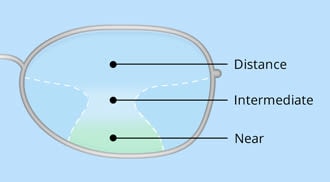
This progressive lens has a typical configuration of distance, intermediate and near zones.
But vision correction surgery could free you of the need to wear eyeglasses or contact lenses, or at least make you less dependent on them.
For example, you could undergo a surgical procedure such as LASIK and have one eye corrected for distance vision and the other eye corrected for near vision.
But you need to work with your eye doctor to make sure you can adapt to this kind of vision, known as monovision. It's usually best to try monovision with contact lenses before having a more permanent surgical procedure.
You also can choose to wear contact lenses for monovision as a long-term solution instead of surgery if you prefer not to wear bifocal or multifocal contact lenses.
Are there any other options for treating presbyopia?
Some investigational surgical procedures for presbyopia may offer additional options in the near future.
PresbyLASIK is a vision correction procedure now undergoing FDA clinical trials. With this approach, an excimer laser reshapes the eye to establish multifocal zones directly on the eye's clear front surface (cornea), allowing vision at multiple distances.
Presbyopia implants also are an option. These artificial inserts can be placed just under the eye's surface to help improve focusing ability. One — the Kamra inlay by AcuFocus — was FDA-approved in April 2015. It works by blocking certain light rays from entering the eye (as in pinhole or small-aperture photography), to create a greater depth of focus so you can see near and intermediate objects better.
If you happen to need cataract surgery, you might consider presbyopia-correcting intraocular lenses as an option.
READ NEXT: FDA-approved presbyopia eye drops



